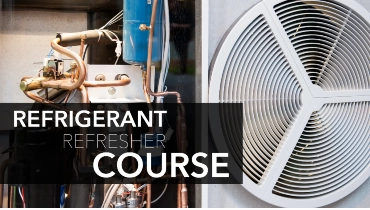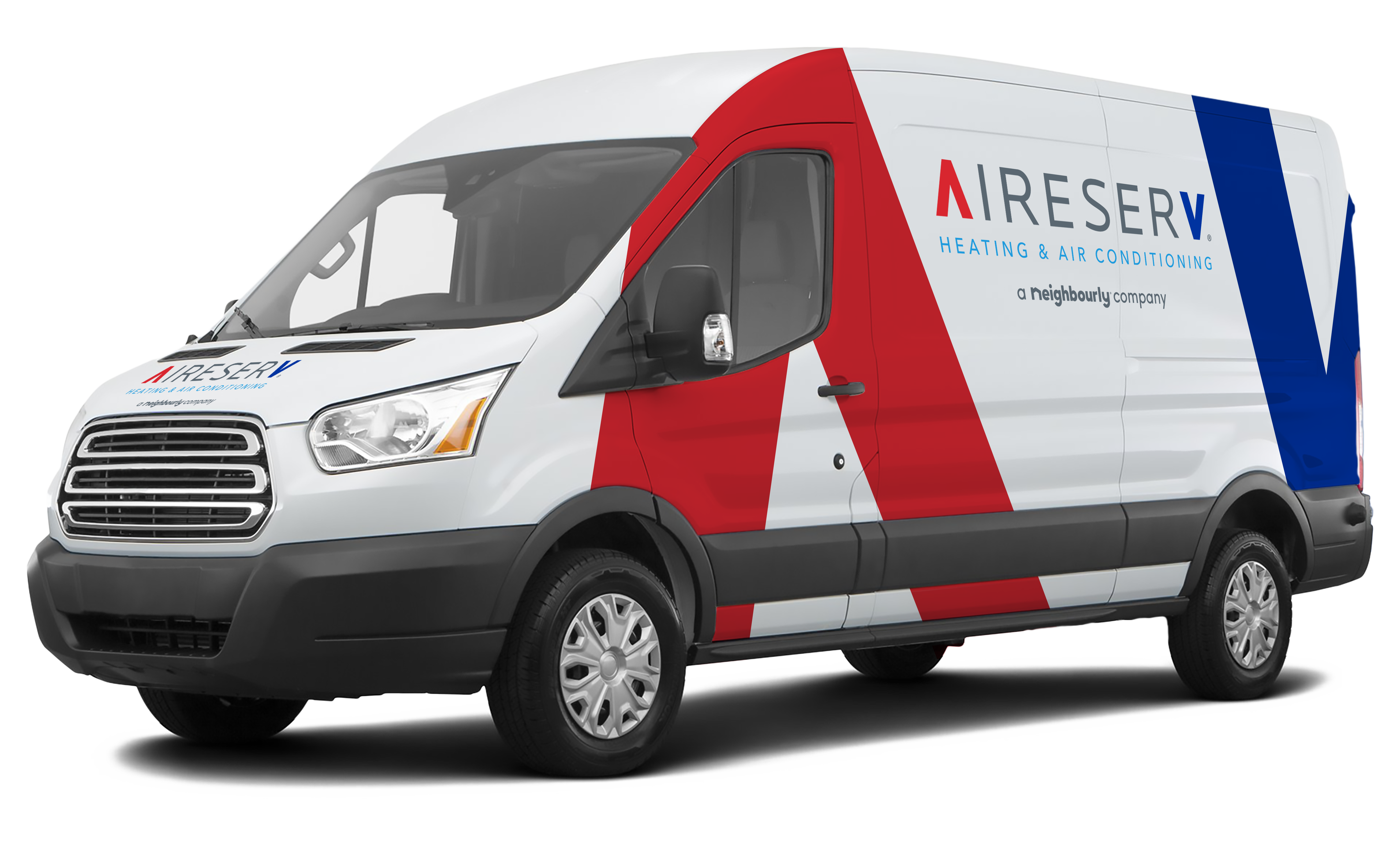
What’s the magical juice that keeps your AC blowing cold? That depends on the age of your system. And if your older system has sprung a leak and you’re in-the-dark on the latest in refrigerant technology, you may find yourself breaking out in a cold sweat when your system needs a top-off and you discover your refrigerant has been phased out. Don’t let it happen to you.
Earn your PHD in CFCs
If you’ve been conscious for the last 10 years, we’re sure you’ve heard a lot about CFCs and ozone depletion, from hairspray to pharmaceuticals. They also play a role in your AC refrigerant… How?
- CFCs
Chlorofluorocarbons or CFCs are known contributors to the greenhouse gas effect. Used in automotive AC refrigerant and phased out of production in 1994, the automotive industry has replaced this coolant with refrigerant R134A. - HCFCs
Hydrochlorofluorocarbons include refrigerant R22, of the HVAC refrigerant family. Only slightly less ozone damaging than R12, the EPA has mandated a complete phase out of this refrigerant by 2020 in order to comply with the Clean Air Act of 2010. - HFCs
What is HFC refrigerant? This chlorine-free coolant option is safer for the environment, and includes refrigerant R410A, the refrigerant of choice for newly manufactured HVAC systems. In addition to being more earth-friendly, this refrigerant offers improved efficiency, reliability and increased comfort. Unfortunately, older R22 systems cannot be retrofitted to be made compatible with new R410A refrigerant, as it operates at pressures 1.5 times higher than R22.
How do I know what kind of refrigerant my system uses?
If your system was built prior to 2010, there’s a good chance it uses R22 refrigerant. If you’re not sure, or have a relatively new system, you should be able to verify your refrigerant type by simply checking the nameplate on your outdoor unit, which contains system information including refrigerant type, size, electrical ratings, and safety certifications. If you know the manufacturer and model number, you can also locate this information on the manufacturer’s website.
What will happen if my older R22 system needs refrigerant?
Each year, available R22 supplies are drastically reduced as part of the EPA phase out. As of January 1, 2010, it will be illegal to charge R22 into a system unless it was manufactured prior to January 1, 2010. As of January 1, 2020, all production of R22 will cease, and only refrigerant recovered from existing equipment can be used in the U.S., resulting in increasingly higher prices as supplies disappear into thin air. After January 1, 2030, R22 may not be used at all.
Do I need to replace now? Or do I have any other options?
The EPA does not require homeowners to upgrade their systems immediately, but if your system uses outdated, ozone-depleting R22, dwindling supplies could end up inflating your repair costs to more than your system is worth. Keeping your system properly maintained, including routine spring and fall tune-ups, can help prevent leaks, but the need to upgrade is inevitable – before your options are astronomical refrigerant recharge costs… or being left without AC for days while you wait on a summer upgrade.
What is the refrigerant used in air conditioners? Not R22 if you’re looking for efficiency and savings. Head-off problems at the pass. Learn more about highly efficient upgrade options from Aire Serv today.
To help meet all of your home service needs, check out Neighborly. Once on the site, click on "Join the Community" to find providers to service all your home needs.

